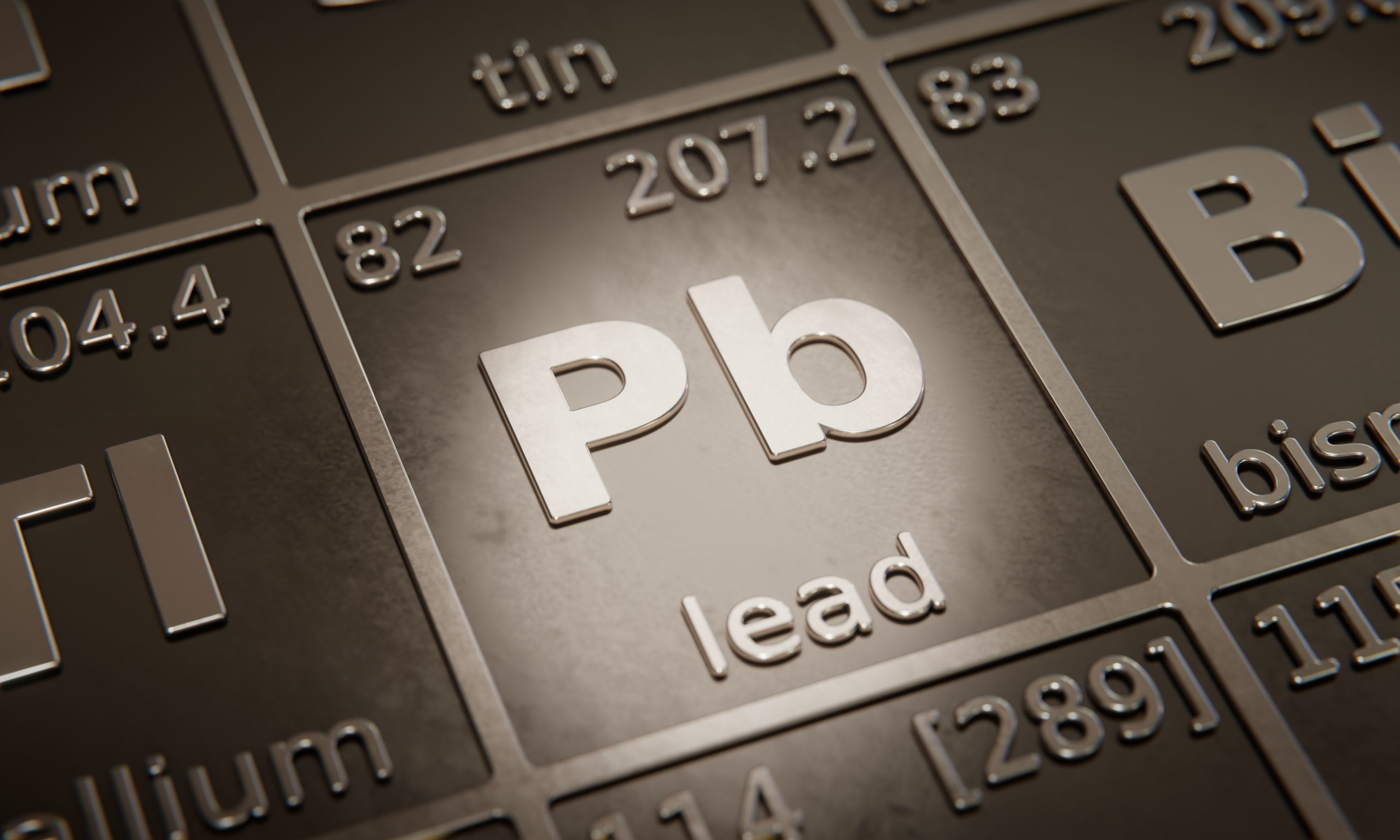The Lead & Copper Rule Revision (LCRR) is the largest change in drinking water regulation in two decades. Although the first compliance deadline is in two years, on October 16, 2024, there is a lot of work to get done. It is prudent for water systems to start the process as soon as possible to ensure there is enough time to complete the inventory and reporting process by the deadline.
The LCRR is unlike any previous drinking water rule in several ways:
- It removes the responsibility barrier between the public side and the private side of water system infrastructure. Water systems are required to identify what is buried on private property.
- It transitions to a health-based rule instead of an infrastructure integrity rule. The previous rule was structured to protect the public water infrastructure from corrosion, this rule protects the public from lead exposure.
- It lowers the level of lead detected through sampling that requires action by the water system. Even if your system is in full compliance with the current rule, sample protocol modifications and corresponding test results under the new rule may trigger action.
- There is no implementation phasing for small systems. Historically, large water systems complied with new rules first and small systems were given more time. To ensure small towns are not put at risk longer, every public water system, regardless of size, will have to comply by 2024.
- It may be the highest cost-to-comply of any previous drinking water rule. New rules need a cost-benefit analysis. The benefit of removing ongoing lead exposure is so large, the allowable compliance cost for individual water systems is also larger than usual.
The idea of creating an inventory of all the public service lines and private infrastructure in a water system may seem daunting. It is a significant undertaking, and you need to start somewhere. Here are the three steps water systems should take to kick off the two-year LCRR compliance journey.
Start Communicating Now
Every water system in the country will need to involve the public in the LCRR process. Be intentional when you begin communicating about lead in water and the need to inventory all private service line and public infrastructure. The first step is to educate your water users about the infrastructure that delivers their water. You may also want to discuss what the LCRR is, why it matters, and what the water system needs to do to meet this new regulation. Alert your water users early in the process that the water system will need their help to identify whether there are lead pipes on the private side.
Assess Your System’s Inventory Status
Next, water systems need to identify what they know about their water system. Do you have GIS with a node for locating each water hookup in the service area? This information serves as the basis for every location that must be inventoried. Any documents that provide information about the materials used during public water infrastructure construction over the years should be compiled and reviewed. You also need to determine whether you truly know what is in the ground on the public infrastructure side. The EPA will require evidence of what materials were utilized on the public and private sides, so it is in your best interest to identify everything as early as possible.
Decide How Your System Will Address Data Gaps
Finally, you’ll need to decide how to fill in the gaps in information about lead service lines. Will you provide instructions or distribute kits to property owners that will allow them to test their pipes for lead? Will you dig to identify whether there are lead pipes in the ground at different locations? Do you have a vactor truck for potholing? Most importantly, does your crew have a way to capture everything they are seeing in the field right now? Spending time early to plan how you’ll fill in the gaps in data will help the process go more smoothly.
AE2S tracks the regulatory landscape closely and is ready to help you be successful with the LCRR compliance. Please reach out to Rachel Schultz, Project Coordinator, if you have questions about the LCRR process.

